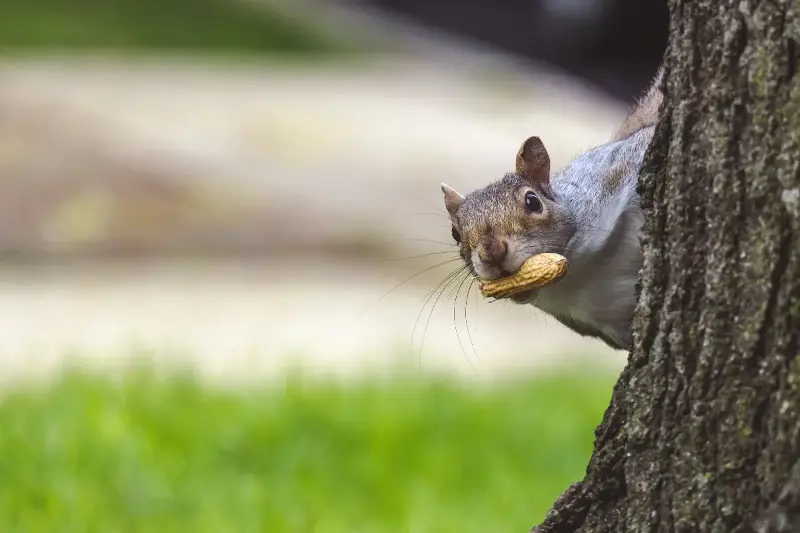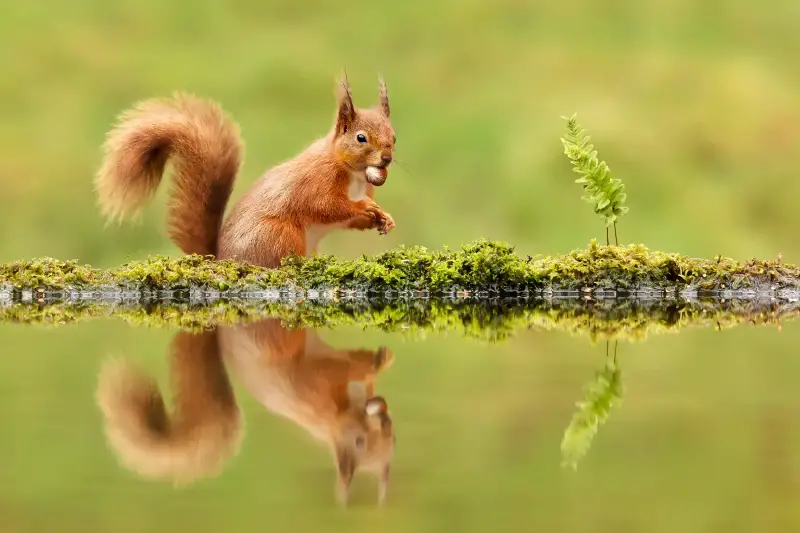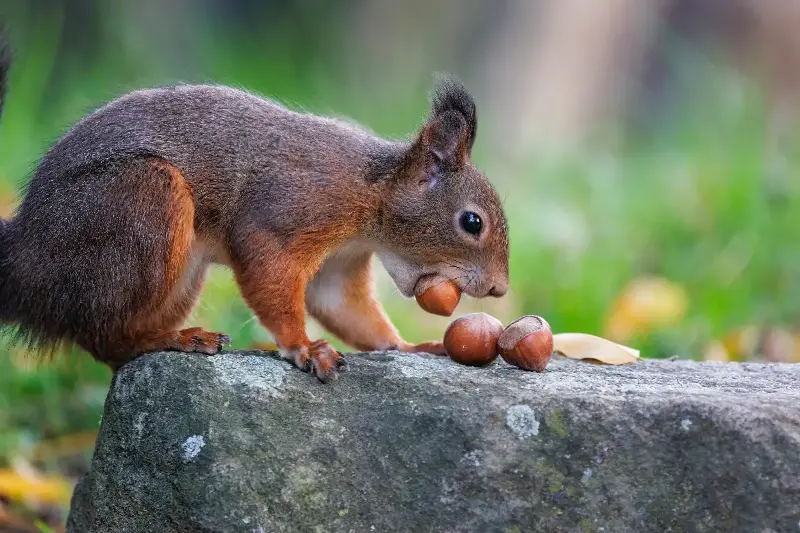Squirrels are among the most familiar residents of woodlands and parks, darting through trees with cheeks stuffed full of nuts. But beneath their bushy-tailed antics lies one of nature's most remarkable—and surprisingly forgetful—strategies for shaping the very forests they call home.

Masters of Misdirection: The Art of Hiding Nuts
Every autumn, as acorns, hazelnuts, and walnuts tumble from the trees, squirrels launch into a frenzied harvest. Their survival depends on the “scatter-hoarding” technique: they bury nuts in hundreds, sometimes thousands, of different places, stashing their winter larder a paw’s breadth beneath soil and fallen leaves. This nimble-footed trickster work is not just random—squirrels are surprisingly selective, often choosing locations based on soil quality, moisture, and distance from other hoards.
Yet, for all their dedication and deftness, squirrels are not perfect memory keepers. Studies show that Eastern grey squirrels, the best-known hoarders, forget the locations of up to 75% of their buried nuts. Some researchers believe red squirrels might have a slightly better memory, but a significant number of their caches are lost as well.
Why Do Squirrels Forget So Much?
It’s tempting to chalk up this forgetfulness to sheer absent-mindedness. However, science suggests there’s much more at play. Squirrels employ a “spatial chunking” memory system—creating mental maps where they group hiding spots by type of nut or landscape feature. But with hundreds of hiding spots, confusion is inevitable. Weather, shifting ground, and similar looking environments all conspire to play tricks on even the sharpest squirrel brains.
And there’s another twist: squirrels sometimes intentionally “fake” hiding nuts, pretending to bury one while sneakily trotting off with it instead. This behaviour, known as “deceptive caching,” helps them outwit rival squirrels and nosy birds that might otherwise rob their real stashes.

Seeds of Tomorrow: How Forgotten Nuts Change Forests
Here’s where things get truly fascinating. All those forgotten nuts aren’t merely lost—they’re seeds for the next generation of trees. Acorns and hazelnuts that go uneaten germinate into saplings, some of which will grow into towering oaks and dense thickets of hazel, fundamentally reshaping entire woodlands over decades, even centuries.
Forests owe much of their diversity and resilience to the scatterbrained habits of squirrels. Consider these astonishing facts:
- A single squirrel may hide more than 3,000 nuts in one season.
- Forgotten caches are the primary way that certain tree species, like oak, spread far from the parent tree.
- Scientific studies reveal that up to 90% of new oaks in North American forests sprout from squirrel-hoarded acorns.
This relationship between squirrel forgetfulness and forest growth is called “mutualism”—a win-win partnership. Squirrels get food, and trees get their seeds dispersed to new, fertile ground.
Nature’s Accidental Gardeners: The Bigger Impact
This seemingly small-scale behaviour echoes through entire ecosystems. By inadvertently planting thousands of seeds, squirrels act as forest architects. Their influences include:
- Boosting biodiversity by spreading a wide range of plant species.
- Creating microhabitats for other animals; thick patches of young trees provide shelter for songbirds and insects.
- Supporting forest regeneration after events like fires or human disruptions.
Without squirrels, our forests would be thinner, less diverse, and slow to recover from damage. The humble act of forgetting a nut becomes an act of ecological genius.

Curious Connections: What Squirrels Teach Us About Memory and Ecosystems
Perhaps most captivating is the realisation that forgetfulness, often seen as a weakness, is precisely what drives a flourishing landscape. There’s a lesson here—one stretching beyond the woodland floor. Just as the squirrel’s scattered memory seeds future forests, our own moments of “forgetting” or detours in life can lead to unexpected growth and transformation.
The next time you spot a squirrel darting across a park lawn, spare a thought for these furry foresters. They may simply be searching for lunch, but in truth, they’re planting the forests of tomorrow, one forgotten nut at a time.
What other hidden partnerships shape the world around us, quietly and persistently, without fanfare? The answer might be rustling in the leaves—or buried just beneath your feet.
